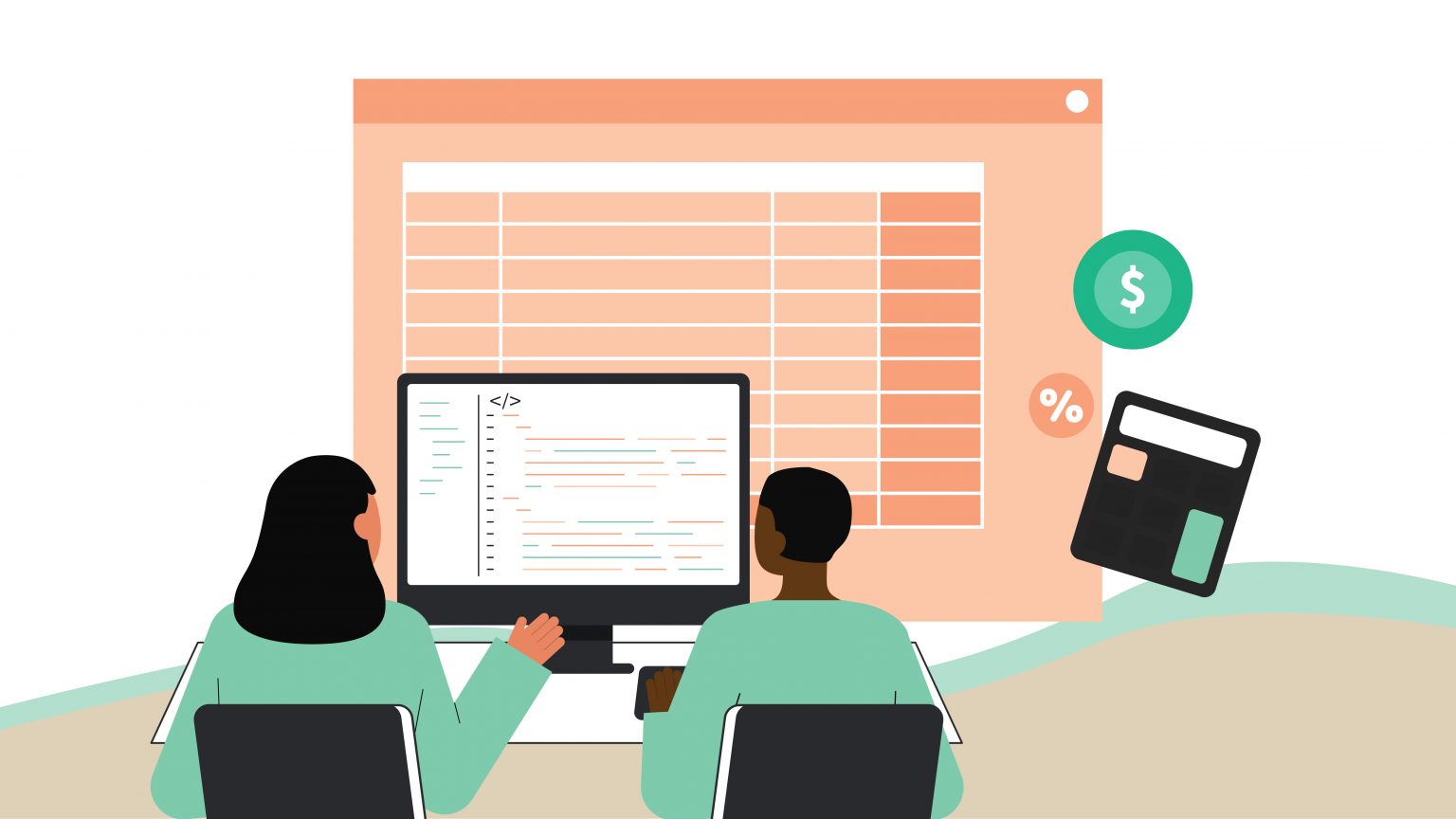Tax season for entrepreneurs with their own business can look different case by case. Whether you are a sole proprietor, or have incorporated your business, you will have to file the income/losses associated with your business for tax purposes. These articles will explain how you are taxed on your income from your business, which expenses are and are not deductible for tax purposes, and go a bit in depth on more specific topics.
Qualifying SR&ED Expenditures
Scientific research and experimental development expenditures, as long as they are conducted and incurred within Canada, are deductible for income tax purposes. They can be deducted in full in the year they occur, or you can choose to carry them forward indefinitely and deduct them in a future year instead. The expenditures include salaries and wages, supplies, payments to approved universities or other business entities for research work, etc.
The calculation for how much you can carry forward into the next year is:
Balance at the beginning of the year
+ SR&ED expenses added in the year
– SR&ED expenses deducted from income in the year
– SR&ED investment tax credits claimed in the previous year
= Balance at the end of the year
The investment tax credit mentioned in the calculation is a credit you can claim when filing your taxes in order to reduce your tax payable. If you claim the credit, that amount is reduced from your balance the next year, to show that you have already claimed it.
In order to deduct SR&ED costs from income for tax purposes, the expenditures must be considered a SR&ED activity. These activities pertain to the development of new products and processes, and do not include “routine” processes.
| Examples of qualified expenditures | Examples of non-qualifying expenditures |
| Engineering and design work | Market research and sales promotion |
| Operations research and mathematical analysis | Quality control or routine testing |
| Computer programming and data collection | Social science- or Humanities- related research |
| Overhead expenses relating to the previous activities above | Routine product updates |
When you calculate these expenditures, you can choose one of two methods:
| Traditional Method | Proxy Method |
| Identify each overhead cost you incur just because of your SR&ED activities | Use a formula based on expenditures for salary/wages to calculate an amount for SR&ED overhead/other expenditures |
Resources
Buckwold, William, et al. Canadian Income Taxation, 2021/2022. McGraw-Hill Education, 2021.
Wolfe, Kathy. 2022 CPA Competency Map Study Notes, 20th Edition. Densmore Consulting Services Incorporated, 2022.


